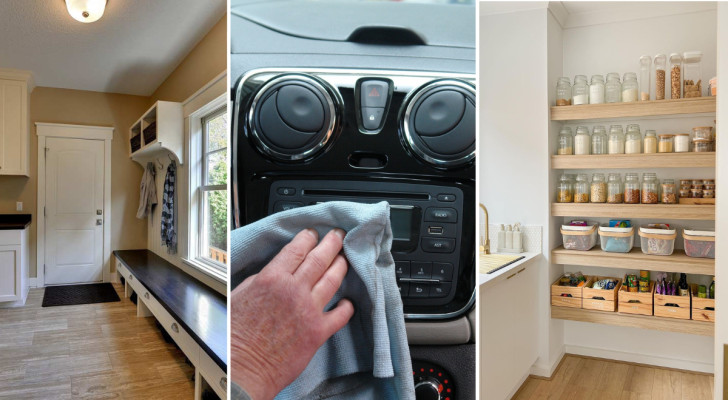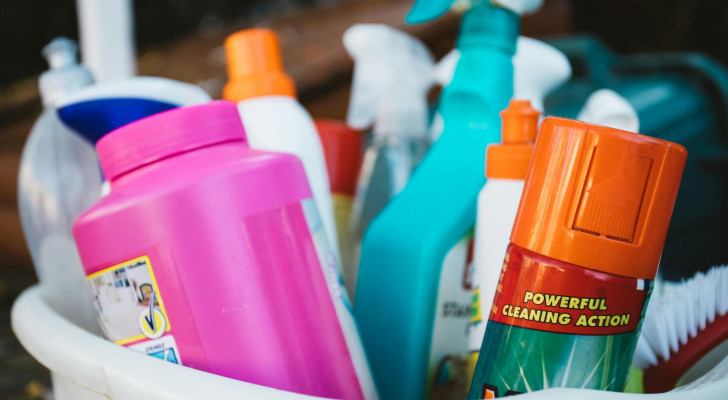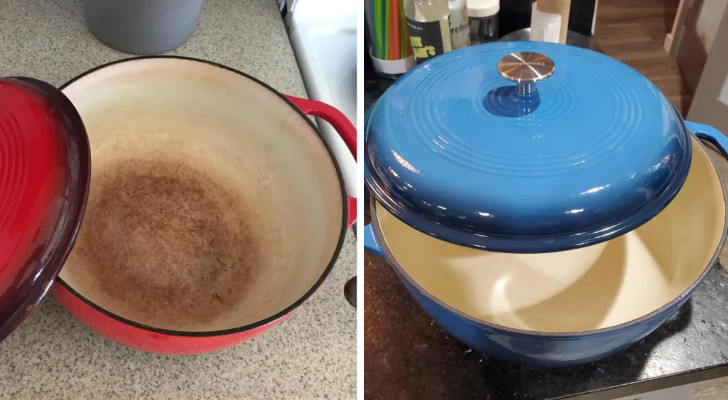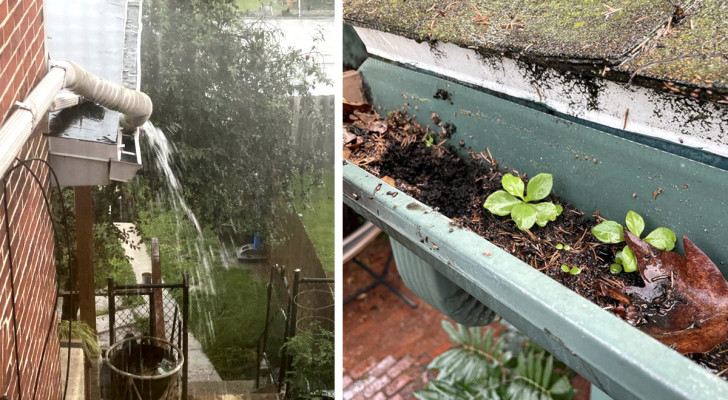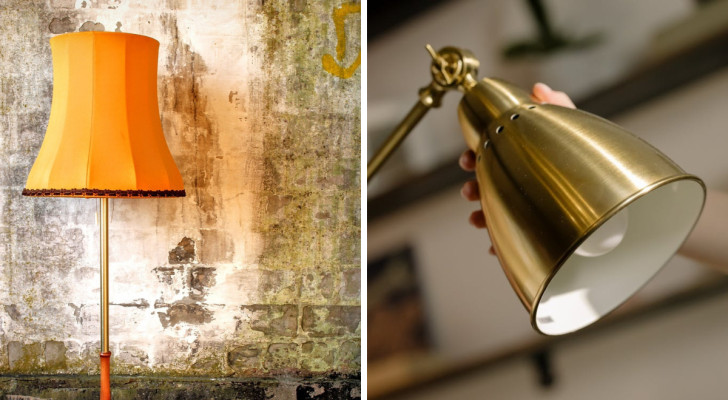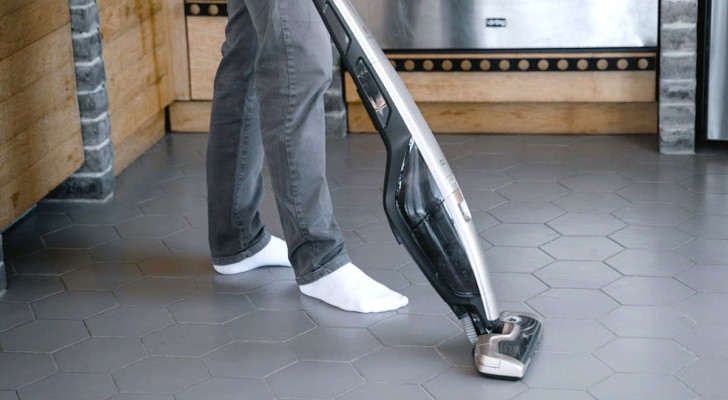Cleaning the bathroom: the most useful tips to keep it always in excellent condition
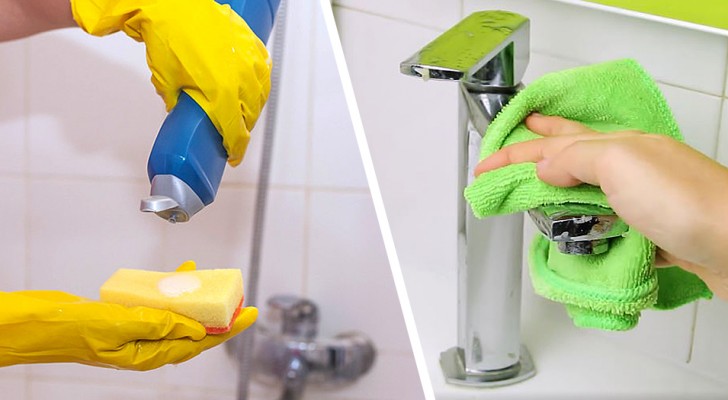
Among the various rooms in the house, the bathroom is one of those that require constant attention in order to always keep them in excellent condition. In fact, if seeing a little dirt in other rooms is tolerable, in the bathroom it seems to jump out much more to the eye, just as it is even more annoying to notice bad smells. To ensure that the bathroom is always in excellent condition, regular cleaning routines must be planned, in order to efficiently deal with the fastest ones every day and then in a more thorough and sporadic way of the more demanding ones.
In addition to all this, we can help each other with a series of precautions in the use and arrangement of objects in the bathroom every day, so as to have less effort to keep tidy and clean. So try to establish the ideal routine for your needs, taking into account a series of indications that can make cleaning sessions faster and more efficient, and you could solve many problems in organising spaces to avoid unnecessary clutter.
Always remember to wear long rubber gloves, even when using more natural products such as vinegar: prolonged contact with various detergents can still damage the skin. And if the environment cannot be well ventilated during cleaning, also use a mask.
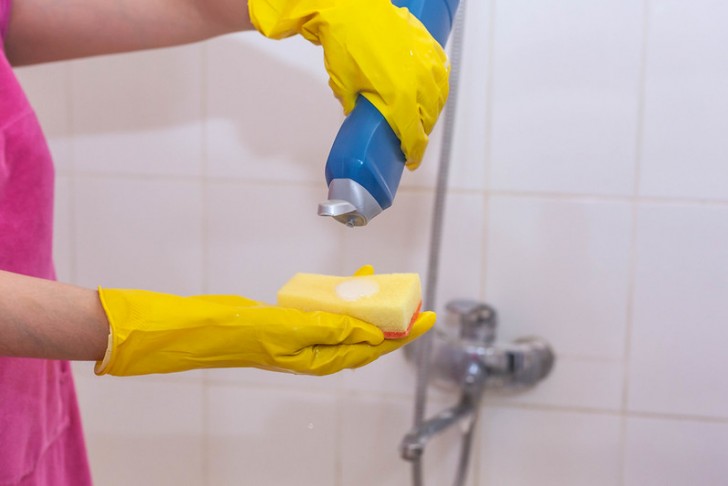
A thorough routine throughout the bathroom
For a thorough cleaning to be done at least once a week, you can follow this order of interventions.
Keep the items used most often in containers that are easy to move, and before starting to clean, bring a box or basin or basket in which to put everything that clutters you and that does not have to stay there, or what needs to be brought to wash: cups , clothes, towels, and other items that need to be removed, as well as rubbish to be sorted are all items to get rid of in order to more easily clean up the room.
Open the windows well so that the fumes of any chemical agents do not become a health hazard. In addition, ventilating the rooms - even in winter - is a daily practice necessary to return the air and live in healthier environments. If there are no windows, turn on the fan or extractor, while keeping the door open.
Switch to dusting wherever necessary, starting from the top surfaces and working downwards. Also take care of any cobwebs, and let all the dirt fall to the bottom, where you will collect it later. You can use microfiber cloths or dust catchers.
Then move on to the walls: wash the tiles with your favorite detergent (even for these you can use the do-it-yourself ones), or the most suitable product depending on the material the walls are covered. If there is wallpaper, wrap the bristles of a broom with a microfiber cloth (including kitchen paper), moisten it slightly and wipe the surface to remove the dirt. Then dry with a clean cloth.
If you notice mold stains, spray yourself with a bleach or disinfectant solution and let it sit for a couple of minutes. With a sponge or a clean cloth, rub the surfaces on which you have applied the product, then rinse carefully to avoid stains and dry immediately with a clean cloth.
Sweep the floor to remove the bulk of the dirt, then also a microfiber cloth or mop or perhaps a vacuum cleaner. If you notice pretty dirty nooks and crannies, prepare your favorite do-it-yourself remedies to let them act: vinegar and baking soda, citric acid, sometimes even toothpaste, or hydrogen peroxide are all ingredients to use to make as many home remedies. effective, to be rubbed on the surfaces with old brushes and left to act.
Then start taking care of the sanitary ware: wash the sink, toilet, bidet and shower or tub with degreasing and disinfectant products depending on the material they are made of, but remembering to use different cloths or sponges for each one, especially for the toilet. in order to avoid the spread of harmful germs. Wherever you notice limescale or accumulations of dirt, help yourself with a paste of bicarbonate and water, to leave for 15 minutes or less. If necessary, also add a few drops of white vinegar, but always when you are sure that it is not too aggressive a remedy for the surface to be treated.
For the sink and the surfaces around it, remove all hair or residues of soap and toothpaste with a sponge and suitable detergent, rinsing thoroughly with warm water. An old toothbrush or a cotton swab comes in handy to remove the dirt that forms around the taps.
In the meantime, dedicate yourself to windows and mirrors: you can also use vinegar here, or alcohol, or even lemon juice or even water and talcum powder, as alternatives to glass products.
It's time for the shower. Start by spraying the detergent on the walls of the box and on the faucet and leave it on for a few minutes. If the water in the water system is hard, you will need products capable of eliminating limescale: you can use half a lemon, or solutions of water, vinegar and bicarbonate. If you leave them to act for a long time, with higher concentration, they will also help you against any rust stains. However, avoid using abrasive substances on the porcelain, in order not to make it opaque.
Do not forget the shower curtains, another surface on which mold and consequent bad smells can appear. Prepare a solution of 2/3 water and 1/3 bleach in a spray bottle and spray on the curtains, or wash them in hot water with detergent and a drop of bleach.
If you notice limescale around the taps or the shower head, wait for the evening for the vinegar and baking soda method: you have to soak an old rag and wrap it around the taps / shower head, then close a plastic bag with a string or elastic around it. they, in order to create a closed environment that retains the vapors, continuing to let the two ingredients act throughout the night.
Finally, rinse the bathroom fixtures thoroughly and proceed to wash the floor, so as to remove even the dirt that you have detached from the most difficult joints and corners.
Pour some bleach or some highly degreasing and disinfectant product down the toilet. There are also products that you can make at home, such as one based on water (one liter), vinegar (200ml) and baking soda (1 tablespoon). Leave it on for as long as possible, avoiding flushing the toilet for at least an hour.
Also clean the outside of the toilet, with a cloth moistened with water and bleach or in any case disinfectants, such as hydrogen peroxide. Start at the flush button so you don't go through it again, and work your way to the undersides, seat and base. Don't forget the hinges, so an old (special) toothbrush might come in handy. Inside, you can use a toothbrush with bleach, or other suitable soap. If you use various cleaners and leave them on for as long as possible (perhaps by spraying before you start cleaning other surfaces), then you will have to work less to remove the dirt.
Also, remember that it is always good to pour a drop of bleach into the toilet before going to sleep to prevent dirt from accumulating on the bottom or on the surface of the water. And if you have to clean well even under the edge, it is always good to use foams or pastes that adhere to the walls in moments of less traffic in the bathroom, so this too it is good to remember to do it in the evening before going to sleep, leaving the products to act undisturbed for longer.

Creativo
To keep the bathroom cleaner and more fragrant
Keep dry cloths ready, in order to dry the walls of the shower, the window panes or the mirror after each use, and to also remove the water that remains on the taps, so that limescale does not form
Operate the vacuum cleaner after each shower, or remember to open the windows just a little after you have finished washing, so as to prevent moisture from being trapped in the bathroom for a long time and leading to the formation of mold.
Then gather all the products used most often in baskets or containers, so that when it is time to clean you will only have to lift them in a group without having to move one bottle at a time.
It is also very useful to always keep lots of clean and dry towels ready for use, to avoid having them dirty and damp for too long: if they remain damp and dirty for a long time they become harmful to health, and indeed all those we use more often should be however hanging away from the shower or toilet. And if you used to throw clothes on the floor when you shower, it is better to find space for a basket in which to arrange them, to be emptied as often as possible.
The garbage pail should also always be fitted with a lid and emptied promptly, for reasons of hygiene. So no hanging envelopes!
To then enjoy a pleasant scent, use essential oils and other do-it-yourself solutions, such as potpourri, or even products to spray. However, if you don't want to spend too much time preparing pot pourri or do-it-yourself scented tablets, a roll of toilet paper and a favorite essential oil can also be enough: you just have to pour a few inside the cardboard tube that is located. in the center of the toilet paper rolls, so that every time you use it it will spread a pleasant smell in the room.
Good luck!
